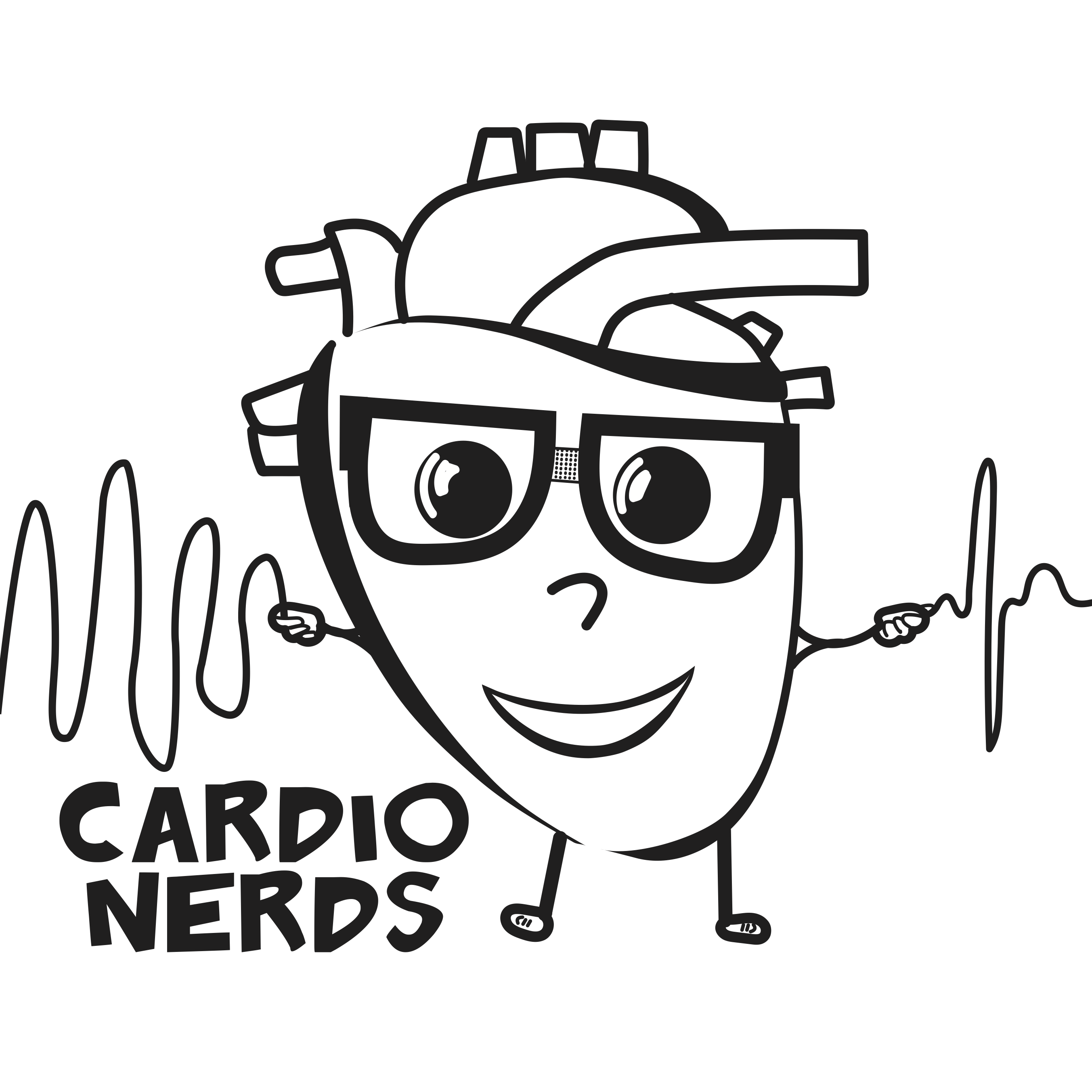386. Beyond the Boards: Cardiomyopathies with Dr. Steve Ommen

CardioNerds (Drs. Teodora Donisan, Jenna Skowronski, and Johnny Hourmozdi) discuss Cardiomyopathies with Dr. Steve Ommen. Through a case-based discussion, we review the diagnostic evaluation of suspected restrictive cardiomyopathy, and Dr. Ommen shares his expertise in the nuances of caring for patients with hypertrophic cardiomyopathy, from counseling to pharmacologic, device, and septal reduction therapies. We cover the foundations of diagnosis and management that will be helpful to CardioNerds preparing to encounter hypertrophic cardiomyopathy on the boards or on the wards.\n\n\n\nDr. Johnny Hourmozdi drafted notes. The audio was engineered by Dr. Atefeh Ghorbanzadeh.\n\n\n\nThe CardioNerds Beyond the Boards Series was inspired by the Mayo Clinic Cardiovascular Board Review Course and designed in collaboration with the course directors Dr. Amy Pollak, Dr. Jeffrey Geske, and Dr. Michael Cullen.\n\n\n\n\n\n\n\n\n\n\n\nCardioNerds Beyond the Boards SeriesCardioNerds Episode PageCardioNerds AcademyCardionerds Healy Honor Roll\n\n\n\n\n\nCardioNerds Journal ClubSubscribe to The Heartbeat Newsletter!Check out CardioNerds SWAG!Become a CardioNerds Patron!\n\n\n\n\n\n\n\n\n\nPearls and Quotes - Cardiomyopathies\n\n\n\n\nThe presence of an S4 and a rapid y-descent in the jugular venous pulsation on exam should clue you to the presence of a restrictive filling pattern. Restrictive filling doesn\u2019t necessarily mean restrictive cardiomyopathy and is more commonly due to dilated or ischemic cardiomyopathy.\n\n\n\nThe five main topics of counseling that every hypertrophic cardiomyopathy (HCM) patient should understand: (1) Prognosis, (2) Family Screening, (3) Risk of Sudden Death, (4) Treatments, and (5) Physical Activity.\n\n\n\nRemember 1/3: In clinical trials of cardiac myosin inhibitors for HCM (mavacamten), about a third of patients had a tremendous improvement in symptoms, another third had some improvement, and the final third had no improvement or had to discontinue the drug due to negative inotropy.\n\n\n\nWhen counseling patients about septal reduction therapy, consider the patient\u2019s age. For younger patients, surgical myectomy at an experienced center offers a higher success rate and greater durability with lower rates of pacemaker placement when compared to alcohol septal ablation.\n\n\n\nHistorically, the conclusion that it was higher risk to be an athlete with HCM was unfortunately generalized to mean that it was high risk to exercise for patients with HCM. \u201cAnd we turned a generation of HCM patients into HCM cardiometabolic syndrome patients, which is actually a worse combination.\u201d\n\n\n\n\nNotes - Cardiomyopathies\n\n\n\nWhat is the initial approach to evaluating a patient with new or suspected cardiomyopathy, including hypertrophic cardiomyopathy (HCM)?\n\n\n\n\nA history and physical exam, including a thorough past medical and family history, is always the first step and helps determine the patient\u2019s risk for potential underlying etiologies, including genetic cardiomyopathies, hypertrophic cardiomyopathy, or those related to treatments of previous cancer.\n\n\n\nIn terms of ECG findings, pay attention to QRS voltage (high or low) and the presence of any arrhythmias.\n\n\n\nTTE should be obtained in all patients and is often sufficient to diagnose many underlying cardiomyopathies, including HCM.\n\n\n\nCardiac MRI (CMR) is helpful as an adjunct when TTE alone is inconclusive or imaging quality is poor. CMR can help provide a better idea of chamber sizes and wall thickness, and late gadolinium contrast enhancement (LGE) can also be helpful if present in a specific pattern, though often HCM patients may have non-specific patterns of LGE.\n\n\n\nInvasive hemodynamics assessment is reserved for patients with discordance between non-invasive testing and the clinical impression. It can also be useful to guide the management of heart failure, especially in advanced disease.\n\n\n\n\nHow do you treat patients with hypertrophic obstructive cardiomyopathy (HOCM)?\n\n\n\n\nIn patients with HCM and LVOT obstruction (defined a...